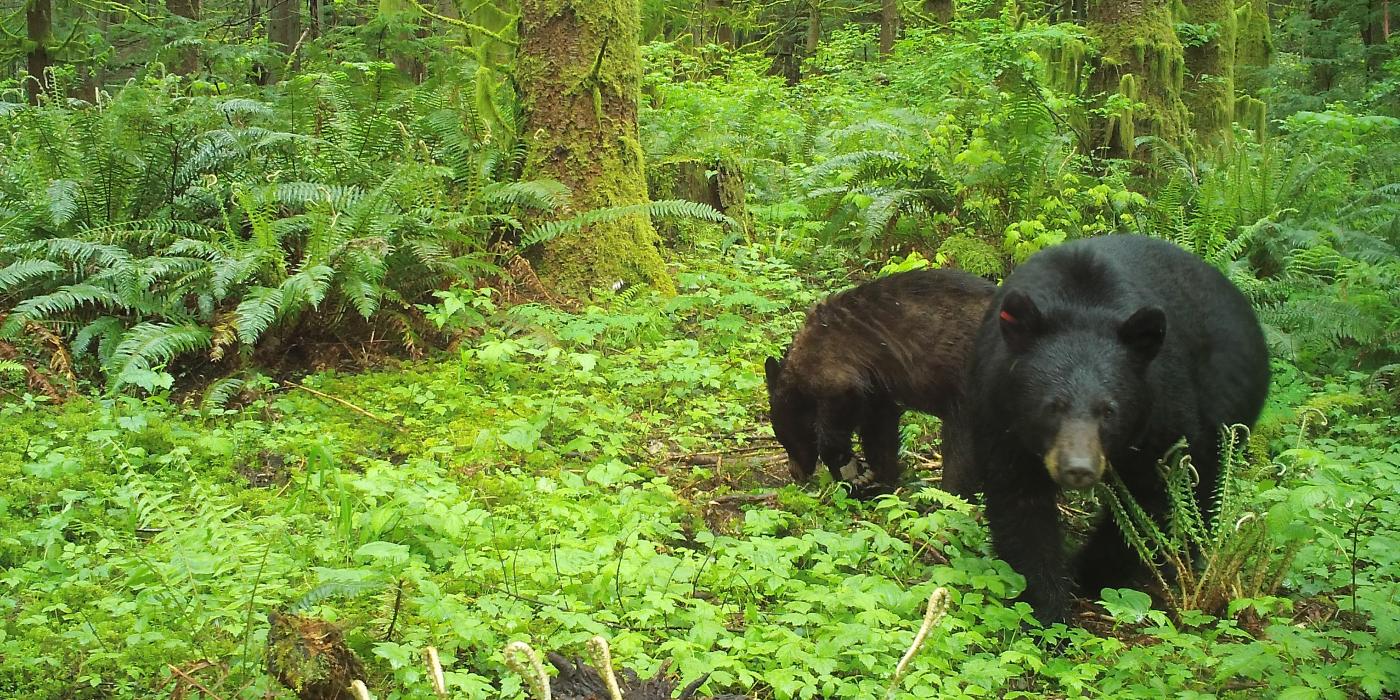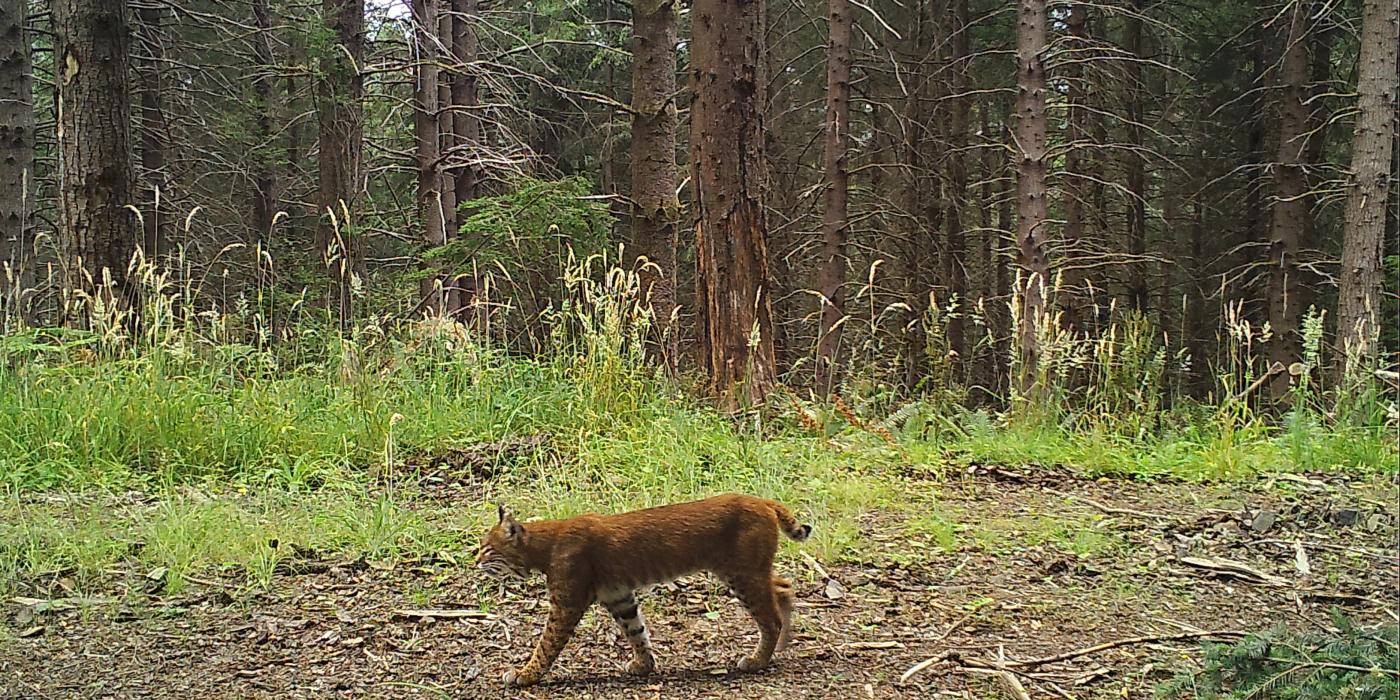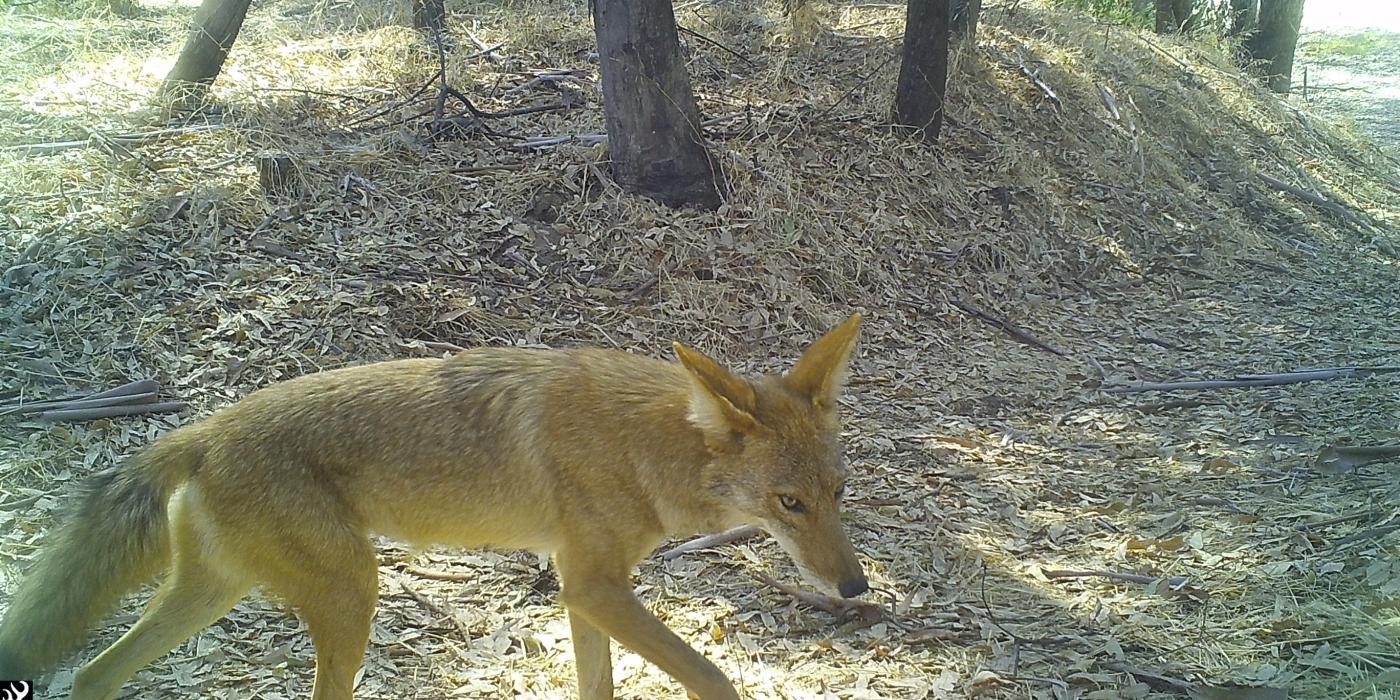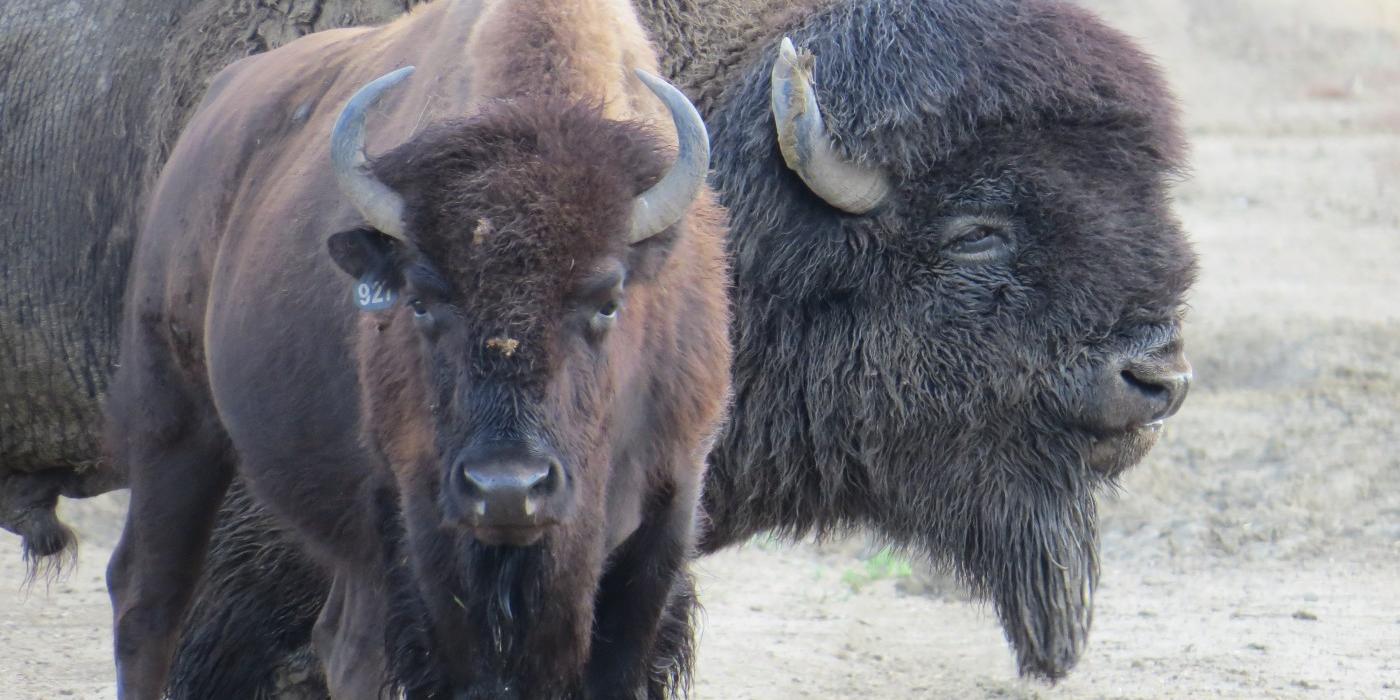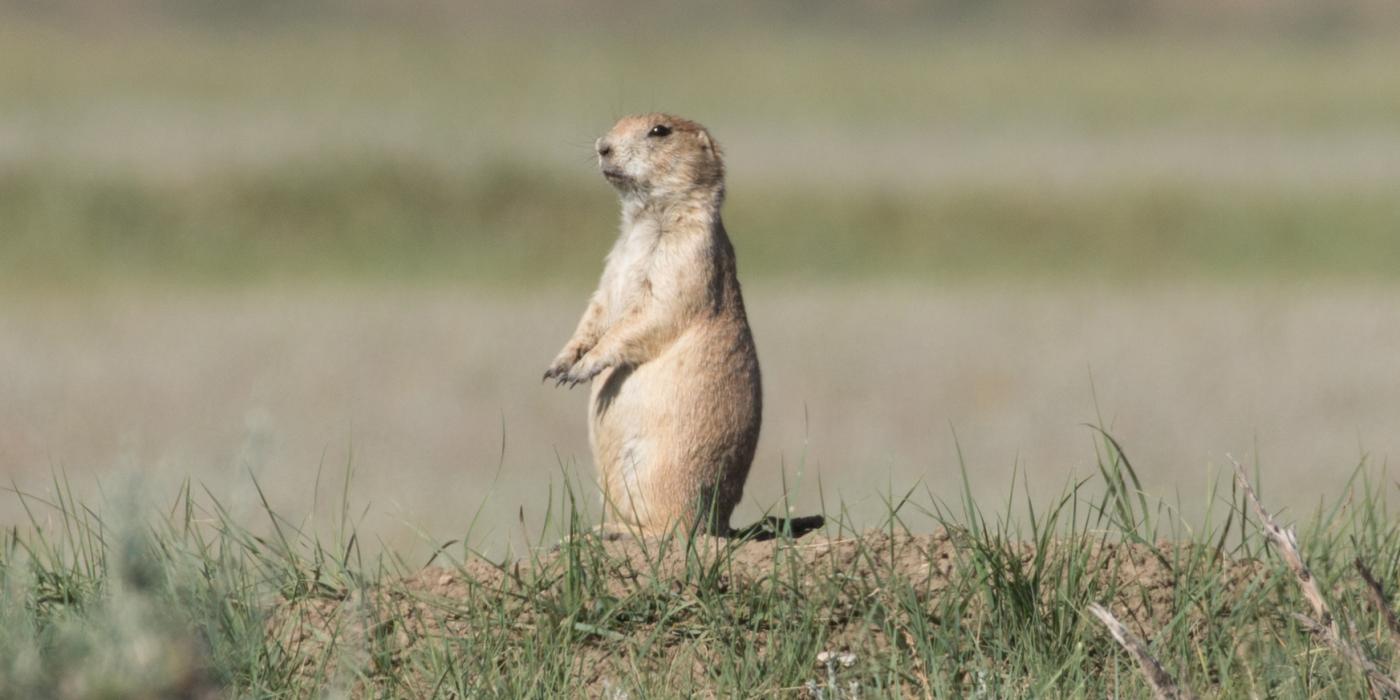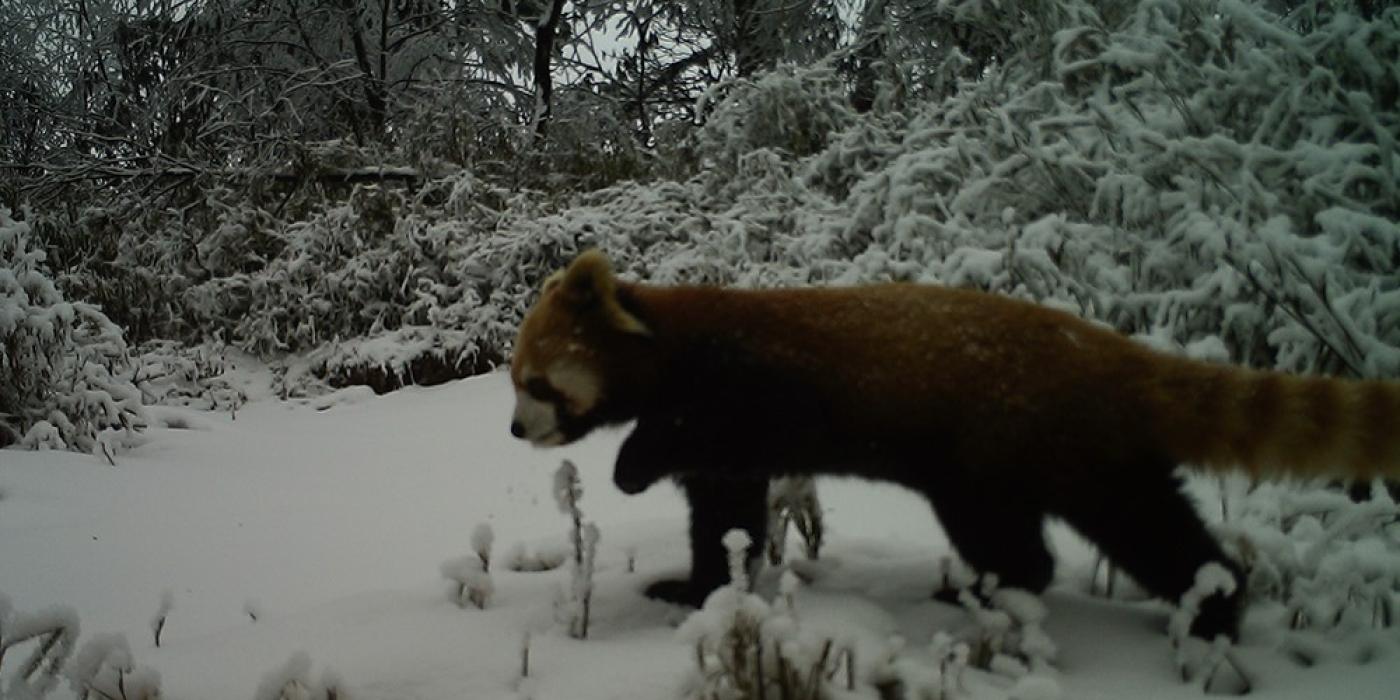Science Snapshot: Animals on Candid Camera
In September 2019, the Smithsonian Conservation Biology Institute’s Conservation Ecology Center launched Snapshot USA, a nationwide camera trap survey effort in the hopes of capturing the first-ever “snapshot” of wildlife across the United States. This national database invites members of academic institutions and conservation organizations to share knowledge about the distribution of native species. Once compiled, this information can help scientists, landowners, lawmakers and other stakeholders understand how animals use their habitats. They can also use that data to inform any future planning and development decisions.
Why use camera traps? Simply put, the technology is readily accessible, and we wanted to encourage broad participation. Our collaborators—numbering more than 120 and growing—hail from all 50 states and represent zoos accredited by the Association of Zoos and Aquariums, museums, universities, state and federal agencies and other non-profit conservation partners.
For example, many classrooms are already running camera traps as part of their course curriculum, and several zoos use them to monitor wildlife that live in the area surrounding their facilities. As these organizations submit their camera trap data to this project, it helps paint a picture of wildlife in a wide range of habitats, including urban and wild environments.
The data we receive comes from diverse landscapes, biomes and areas that have been altered by human development. Not only does this information help us assess the distributions of mammal species, but also it provides us with a baseline of where landscapes may change in the future due to development or climate change.
SCBI scientists and partners currently have more than 1,000 camera trap locations, but we hope to further grow participation. Doing so will enable us to monitor these trends over time and will address more species-specific and targeted questions as the project expands. Examining these trends can also inform our conservation strategies moving forward.
The data received by Snapshot USA is housed within the eMammal repository. In just the past few weeks since this project began, we have already detected quite a variety of predators, including American black bears, mountain lions, bobcats, coyotes and foxes, among other species. I invite you to check out the database and take a glance at the native species caught on candid camera!
This story appears in the October 2019 issue of Smithsonian Conservation Biology Institute News.

